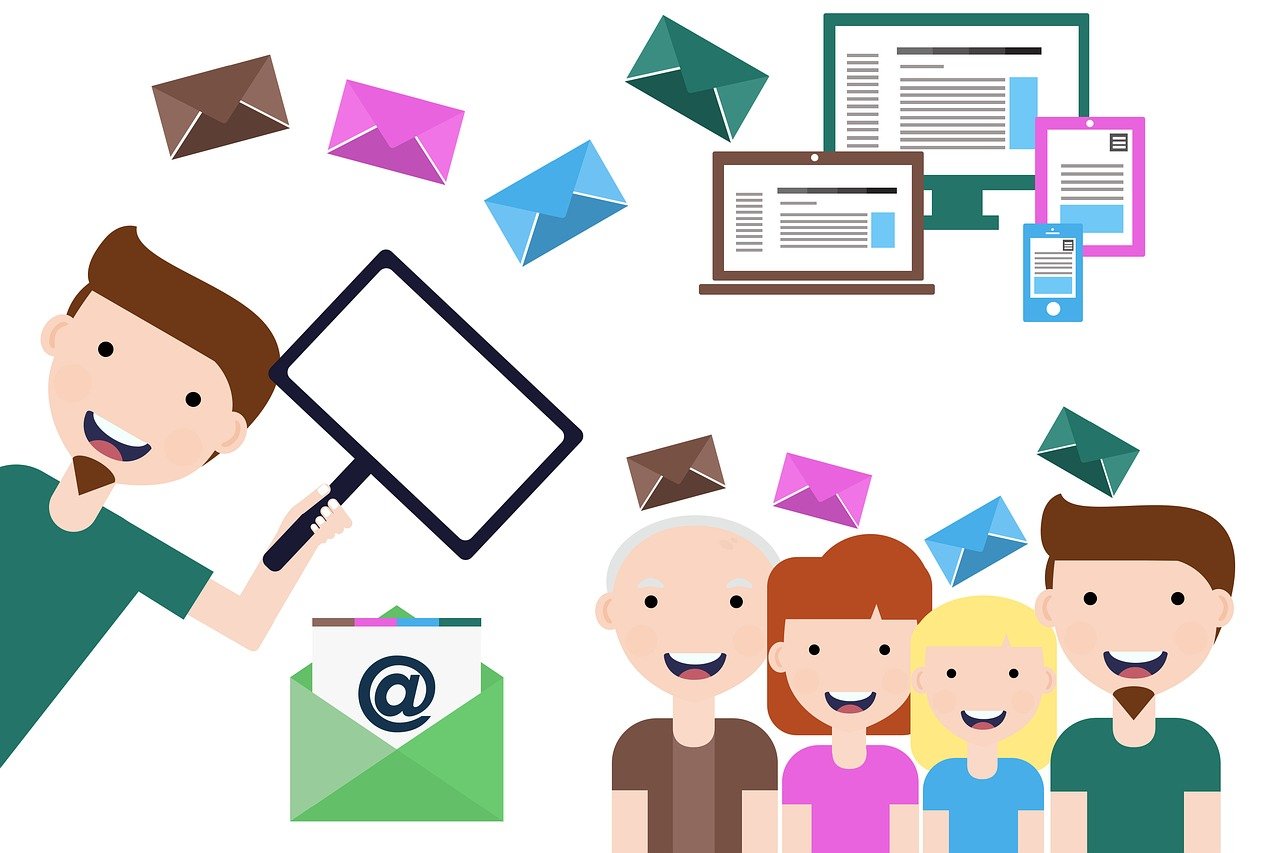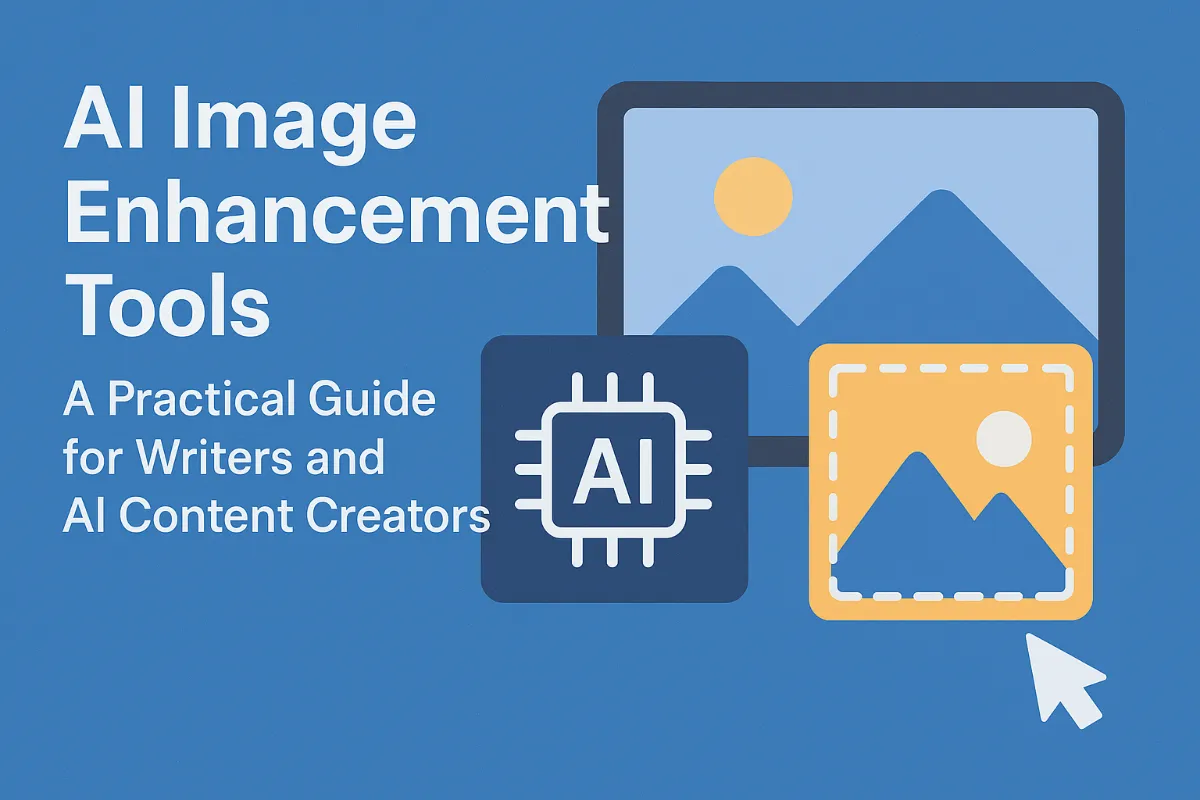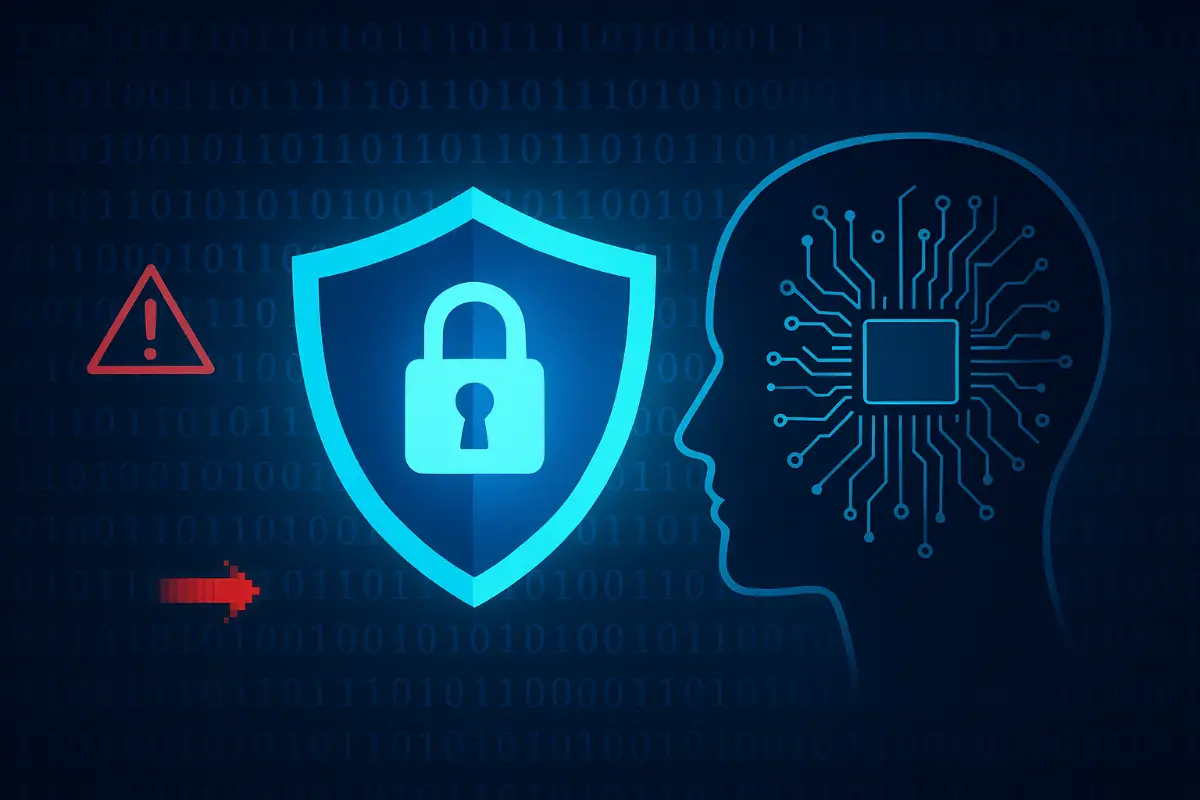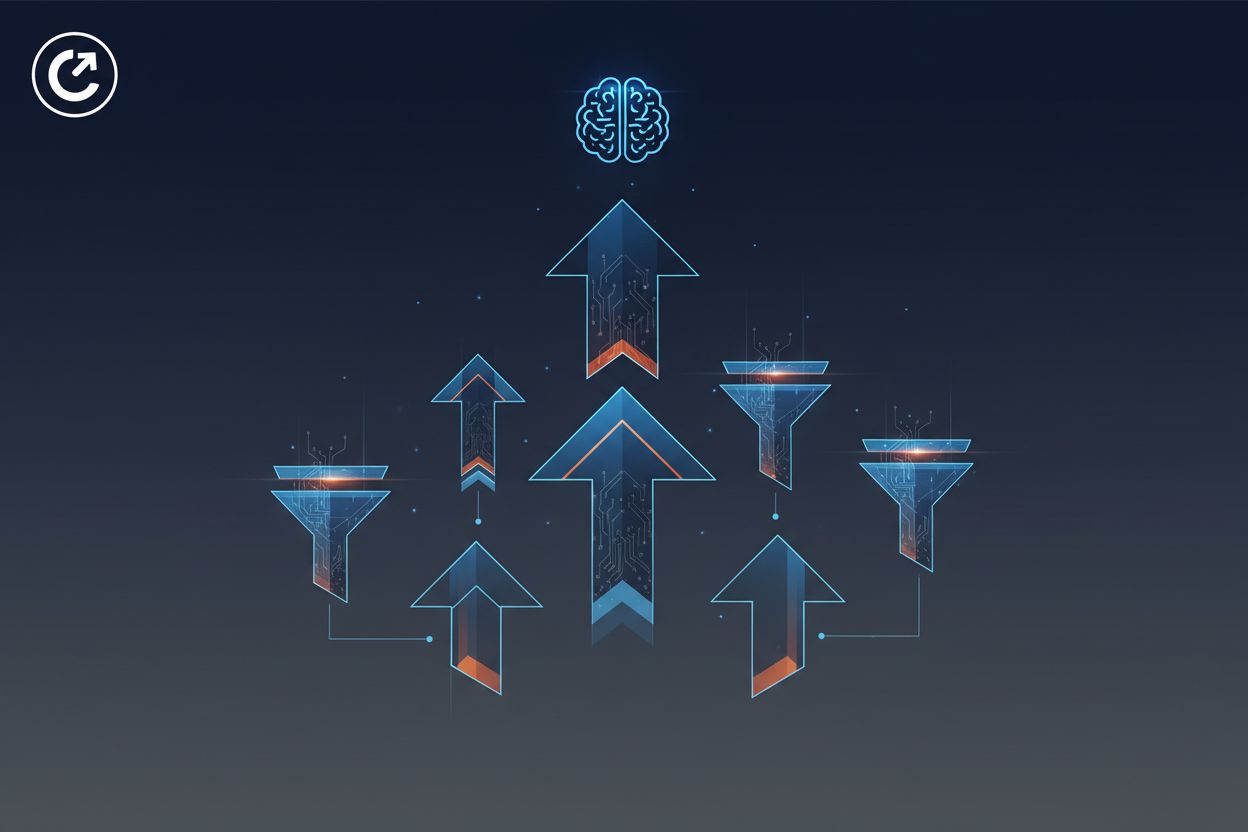How to Run Smarter Email Campaigns Using Email Blast Services
Let’s be honest – no one wants to get blasted with emails. The term alone sounds aggressive, right? But the truth is, email blasts can still be a powerful part of your marketing strategy… when done thoughtfully. The problem? There are too many companies that consider email blasts as online billboards, one-size-fits-all stuff that can be ignored easily. This is why they frequently get directed to the trash (or, what is worse, they are defined as spam). But here’s the good news: email blasts don’t have to be annoying. In fact, when executed with the right tools and tactics, they can drive impressive engagement, spark meaningful conversations, and convert leads into loyal customers. Let’s walk through how to run smarter, more effective email blast campaigns in 2025 without annoying your audience in return.

What Is an Email Blast (and Why It Still Matters)
At its core, an email blast is a mass message sent to a large group of recipients at once. There’s nothing inherently wrong with this. It’s fast, scalable, and can be effective – if you respect your audience and send something worth opening. Unfortunately, many email blasts are untargeted. That’s where things go wrong. When people receive messages that don’t speak to them, they tune out. And when that happens, you’re not just losing engagement – you’re wasting time and resources. That said, email is still very much alive and well. In fact, nearly 9 out of 10 marketers still use it as their go-to lead generation tool. The key isn’t whether you should use email blasts – it’s how you do them.

How to Run an Effective Email Blast Campaign
Here’s how to take your email blast strategy from generic to genuinely effective.
1. Choose the Right Email Service Provider (ESP)
If you want to send high-impact email blasts, the foundation starts with your tools. Your email platform should allow you to:
- Segment your subscribers by behavior or interest
- Customize pre-made templates quickly
- Automate emails based on triggers (like a new sign-up or abandoned cart)
- Personalize campaigns based on user actions
With over 64% of small businesses using email to stay in touch with their customers, your ESP can either help you stand out or slow you down.
2. Segment and Personalize Your Campaigns
Email blasts don’t have to be one-size-fits-all. The more you segment, the more relevant your emails become – and the better your results. Rather, apply a genuine sender name and an email address where people may respond. This renders your brand humane, friendly, and credible. Subscribers sign up for your emails because of their interest. Do not kill the discussion before it begins. Here’s a quick example: New subscribers may receive a welcome email and a discount. Repeat customers could receive early access to new features or products. Even adding the subscriber’s name in the subject line or intro can boost open rates. A little personalization goes a long way.
3. Write Subject Lines That Spark Curiosity
Your subject line is your first impression. It’s what gets your email opened – or ignored. To stand out in a crowded inbox, your subject line should be:
- Short and clear
- Focused on benefits, not features
- Actionable (“Claim your offer today”)
- Free of spammy elements like ALL CAPS or excessive emojis
Think of it as your email’s movie trailer. If the preview’s bad, no one clicks "play."
4. Never Use a “Do-Not-Reply” Address
Using a no-reply email address (like [email protected]) is like slamming the door after handing someone a flyer. You're telling your subscribers, “We want your attention – but not your input.” Instead, use a real sender name and an email address people can reply to. This makes your brand feel human, approachable, and trustworthy. People subscribe to your emails because they’re interested. Don’t shut down the conversation before it starts.
5. Track, Test, and Optimize
Here’s a secret: No email blast is perfect the first time. The magic happens when you track performance and iterate. Monitor key metrics like:
- Open rates – If they’re low, try A/B testing different subject lines or send times
- Click-through rates – Experiment with CTAs, visuals, and copy
- Unsubscribe rates – A signal that something’s off with your content or frequency
Email analytics aren’t just about measurement – they’re about learning what makes your audience tick.
The Psychology Behind a Successful Email Blast
The most effective key to every task is simplicity. When making an untargeted email, you should remember that it will be read by a human being. We all tend to rely on our emotions and engage them in the decision-making process, while it is getting harder to make one. For instance, while making a title and the structure of a blast email, consider typical “pains” that might be universal to people (mostly they are related to getting extra income, opportunities that lead to income, or impressions that would imprint in the lifetime memory and make the individual's life more valuable). Let's look into some psychological tips that would enhance your email perception by readers and users.
1. Don’t Neglect The Power Of FOMO (Fear Of Missing Out).
People are scared of wasting opportunities that may lead to success. This fear is called FOMO (fear of missing out), and it usually triggers us to take action without a double-check or second guess. For example, you should rather have a time-limited presentation of a chance to enable the user to not postpone a decision but act at once. Instead of writing “This 50% sale is only for you,” reinforce it with the words “Unbelievable discount expires in only one hour.” Limited availability and a sense of immediacy are essential elements to prompt positive reactions.
2. Color May Be A Key
There are times when you compulsively read every line and realize that the message is written perfectly, yet the problem with the result still exists. In this case, pay attention to the colors (it would be better if you notice that before pushing “Enter”, but we all make mistakes to rise and prosper by learning from them, so never mind). It is well-known that color triggers emotional responses from users, so make sure the color you have chosen matches the purpose of the emotional response you seek to get. For instance, red enables a basic reaction, “freeze or run,” which makes the heart rate rise and warns of danger or necessity. At the same time, orange is more related to direct aggressiveness and is widely used as a call-to-action tool.
3. Boost Credibility By Showcasing Social Proof
Last but not least, social influence should be mentioned. New buyers often rely on others’ experiences when deciding on a product or service. According to the studies, nearly 68% are more inclined to make a purchase when a brand showcases ratings and feedback. This suggests that emails featuring social proof are more effective than those without it. So users tend to purchase after reading reviews of previous clients and trusting their experience.

Final Thoughts: Smarter Email Blasts, Better Results
Ready to make your email marketing work harder – and smarter? Email blasts don’t have to be cold, spammy, or ineffective. In fact, when you take the time to personalize, segment, and optimize your campaigns, email becomes one of the most valuable marketing tools in your stack. It’s not about doing more – it’s about doing it smarter. Use the tips above to turn your email blasts into relationship-builders, not inbox clutter. And remember: whether you’re nurturing leads or launching a new product, a well-timed email can be the spark that turns interest into action.




